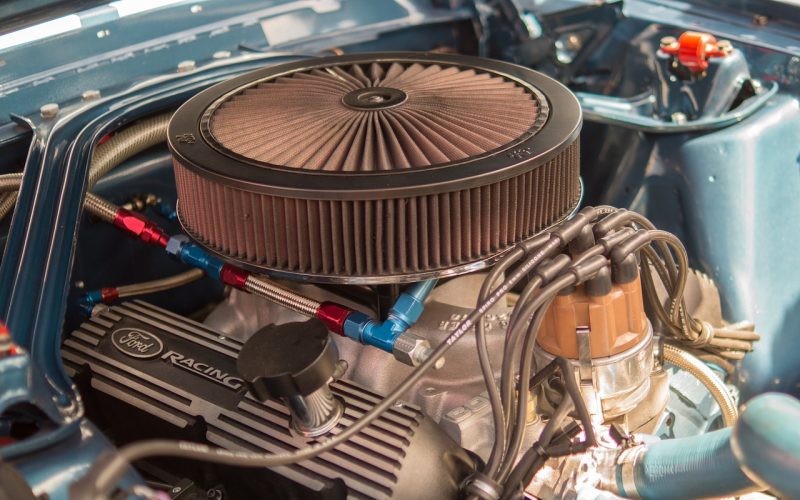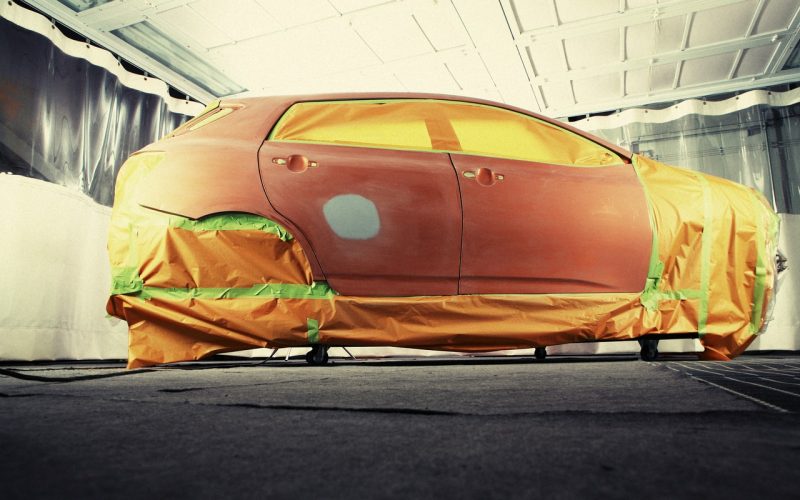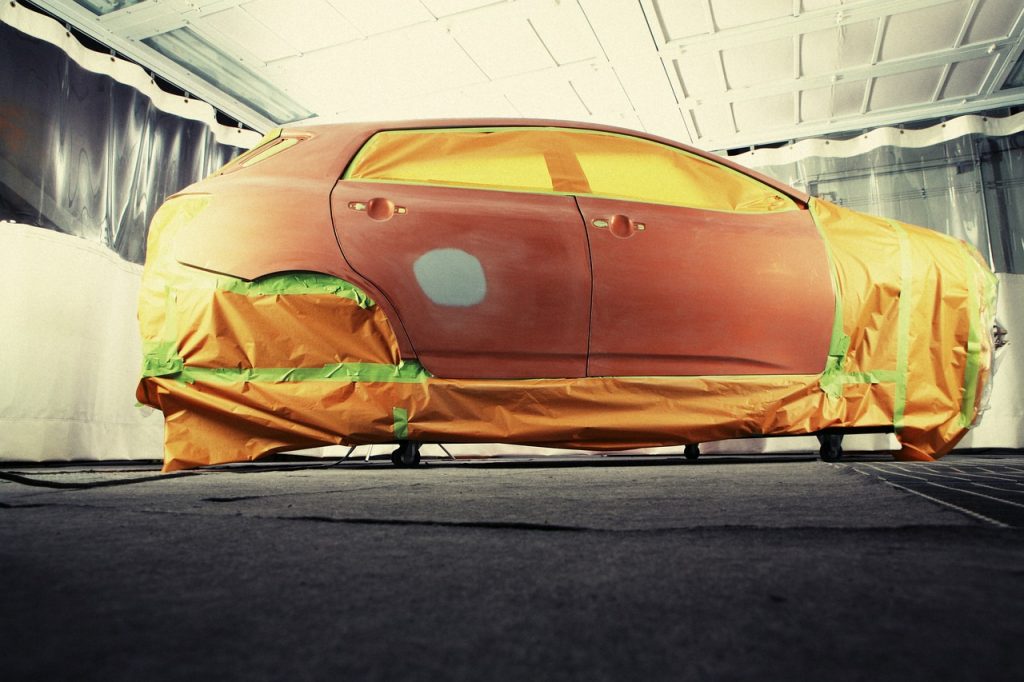
In any engine, friction is to be expected with the various number of components within its mechanism that grind, scrape, and rub each other. Such movements are necessary to carry out the engine’s intended functionality. And with this friction comes the heat and the wear-and-tear over repeated use. It is no wonder that many consider oil to be the engine’s blood.
Engine oil plays a significant role as the lubricant of its parts. It also absorbs heat, thus preventing overheating with constant use. But one must not be confident that a few simple drops of oil can fix any engine issue. Any car owner must recognize some vital signs that their engine is in dire need of an oil change.
Being the blood of your engine, oil is expected to accumulate several particles over time. At some point, enough dirt can cause the oil to change color. In contrast to the amber color that clean oil emanates, dirty oil gives off a dark, soot-like hue. As a simple check for the oil’s color, the driver can use the dipstick as an indicator by simply looking at it as it is dipped in the oil. If the stick is still visible, the oil can still be used. If not, however, and the stick turns a dark color, then it is best to head down to your shop to change the oil. Your engine oil’s color can also be an indicator of other prevalent issues.
Aside from color, the odor is also a good indicator of an immediate oil change. Inferior oil gives off a burnt smell which can seep into the interior of your car. This smell can indicate that there is an oil leak caused by a drip on engine parts that are overheating.
A visible indicator that most drivers also tend to forget is the oil change light. Vehicles that have this light are at a great advantage since they can know right away if something is up with the engine’s fluids. The light indicates that there is not enough oil in the car’s system, or the amount is below the needed. Low oil volume can cause severe damage to the engine’s internals.
Being directly connected to the engine, the tailpipe can also be used to determine the oil’s status. The color of the smoke coming from the tailpipe is usually vapor-like if the engine is in good condition. However, once it turns gray to black in hue, it may mean internal issues in the engine such as oil leaks or unlubricated components. Such smoke is also harmful to one’s health, both for the driver and for people outside.
For those without the time to constantly check for these signs, you may opt to use mileage as your basis for changing the oil. Newly-purchased vehicles need an oil change for about every 6000 miles of the run. For older vehicles, however, you must schedule this change every 3000 miles instead since your engine is no longer as capable as it was when it was first bought.
An engine is only as good as the condition of the oil that flows through it. Watch out for these signs telling you it’s time to change oil so that your car carries on for many years to come.



